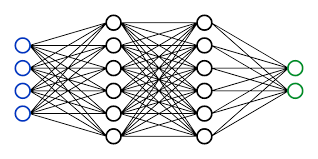
Inpainting CMB maps using Partial Convolutional Neural Networks
We present a novel application of partial convolutional neural networks (PCNN) that can inpaint masked images of the cosmic microwave background up to an accuracy of 99.9% level.
arXiv JCAP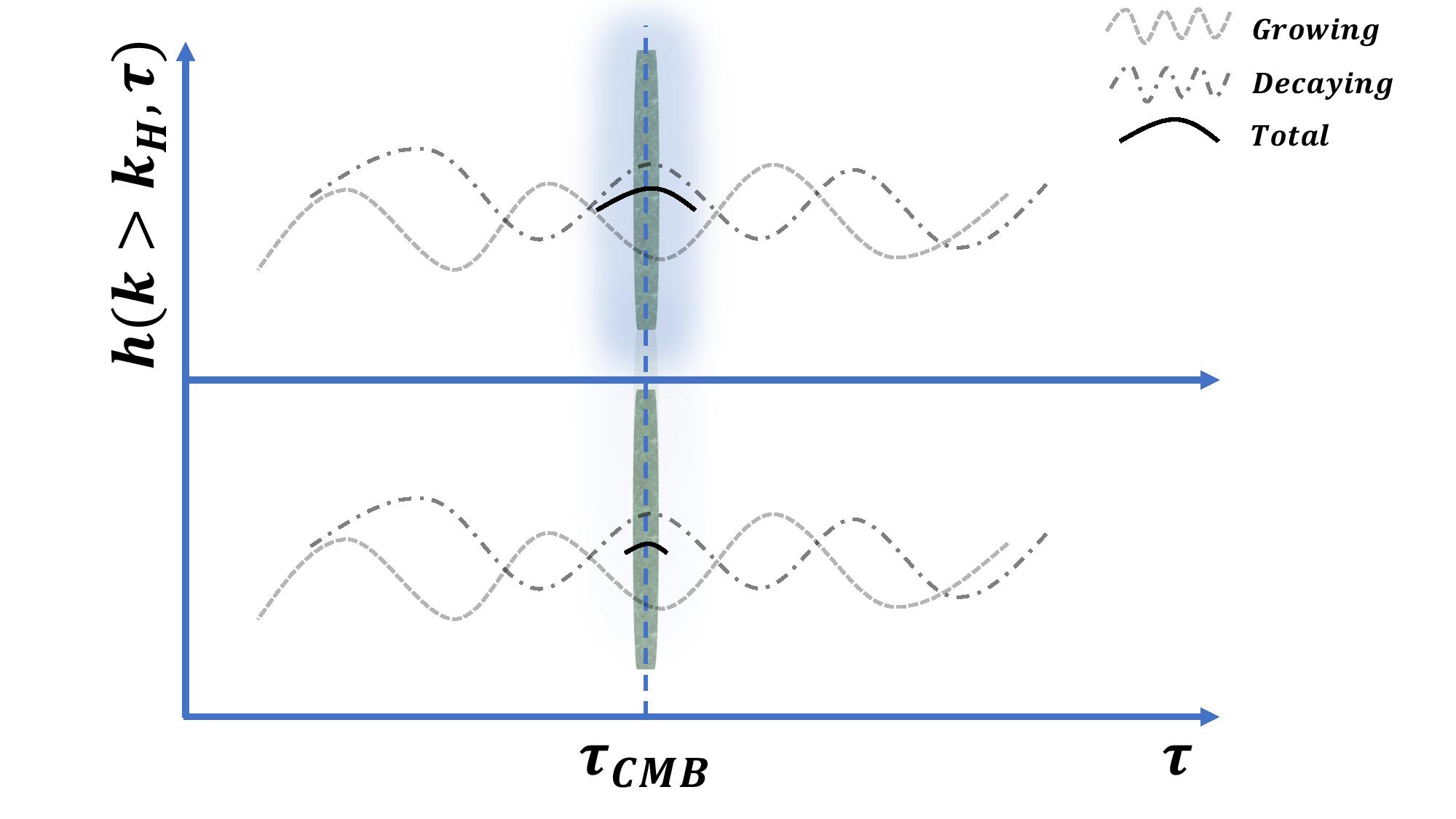
Initial conditions of the universe: Decaying tensor modes
In this study we remain agnostic to the early universe models describing pre-radiation domination physics and allow a decaying tensor mode to be present and see what effect it has on the CMB anisotropies
arXiv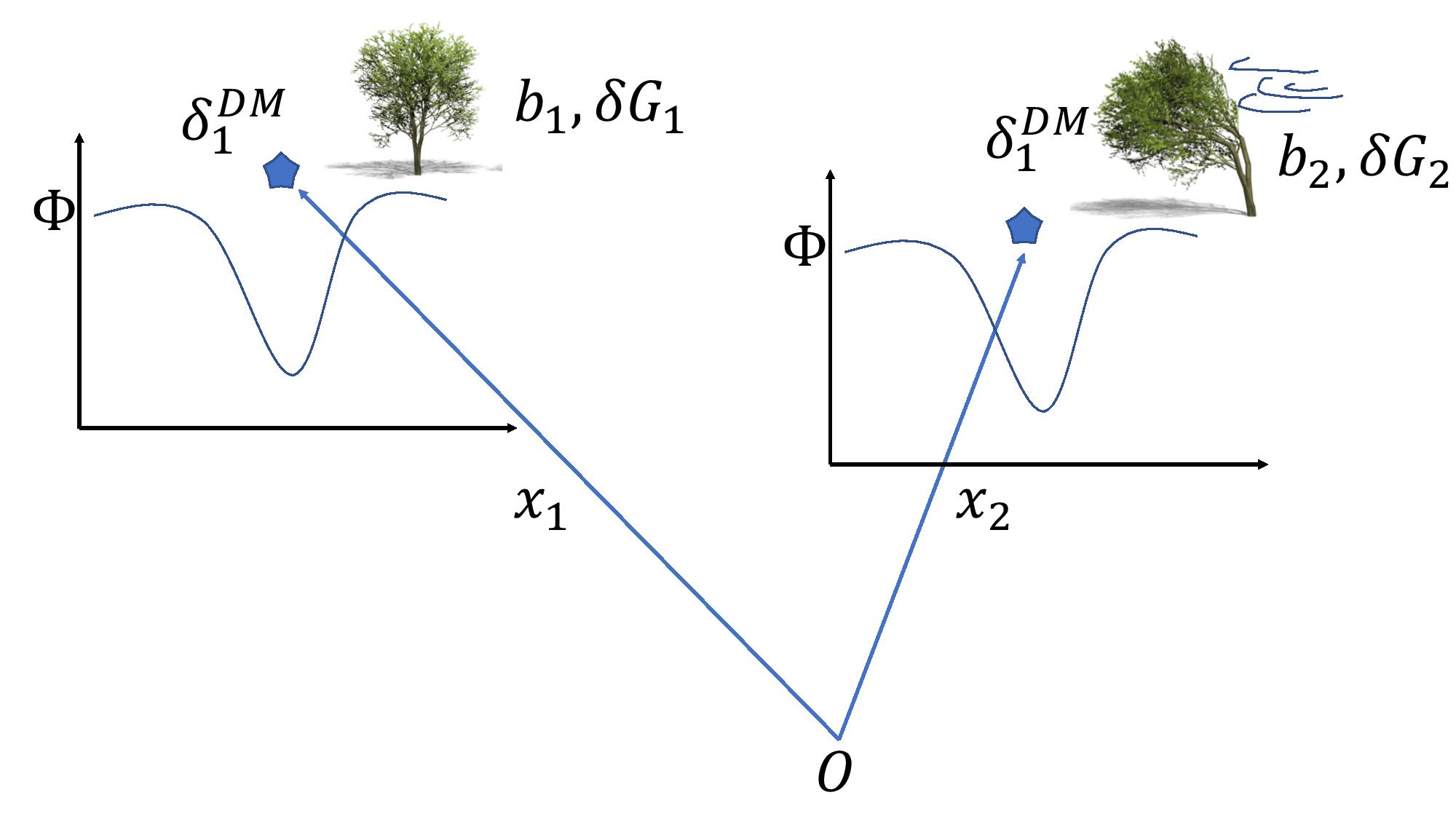
Screened fifth forces in parity breaking correlation functions
In this paper we calculate the effect of screened modified gravity theirues in the parity breaking cross correlation function of galaxies.
arXiv Physical review D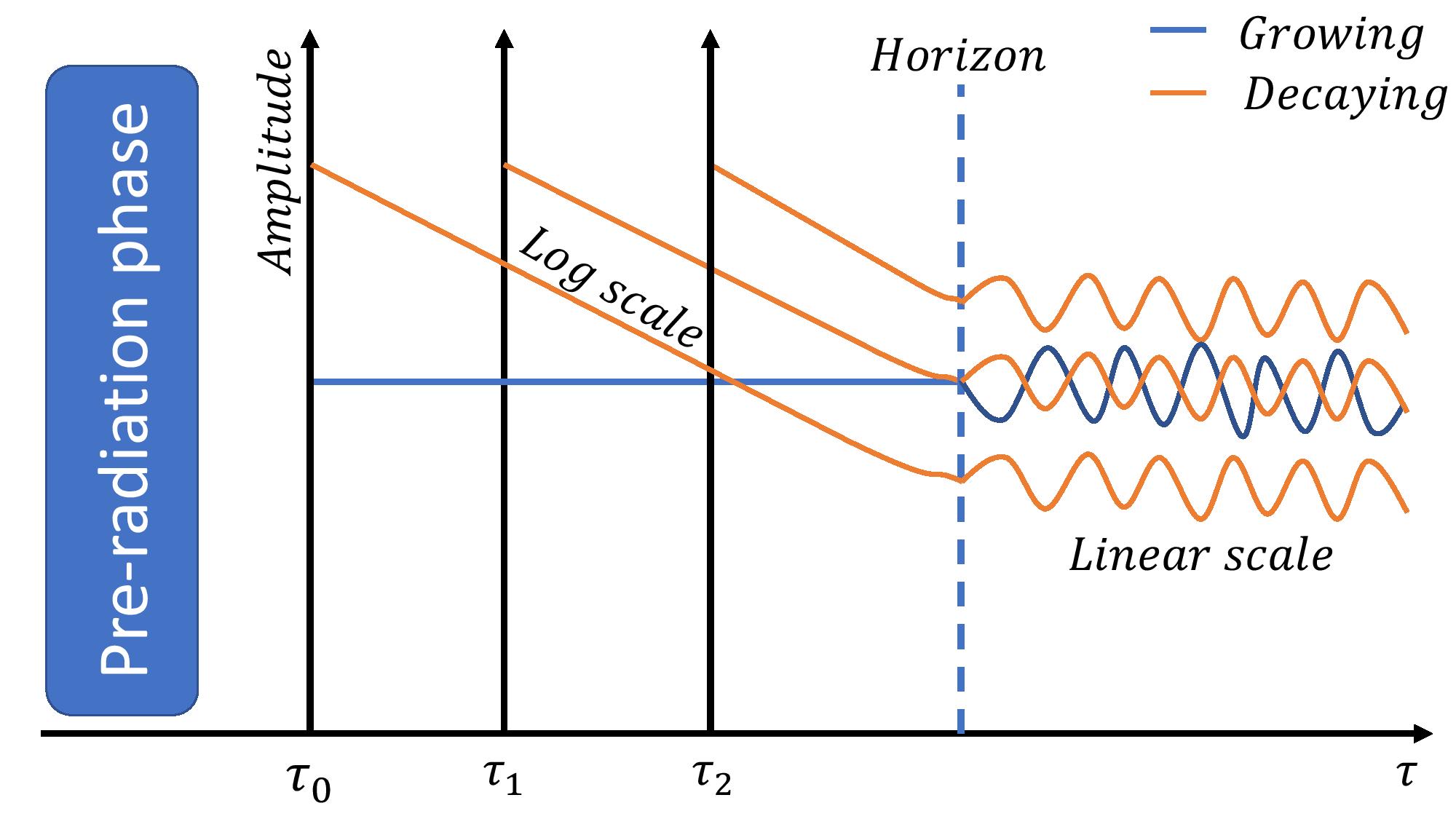
Initial conditions of the universe: A sign of the sine mode
The decaying mode of scalar perturbations can lead to large observable effects in the CMB. In this study this mode is qunatified theoretically and studied numerically.
arXiv Physical review D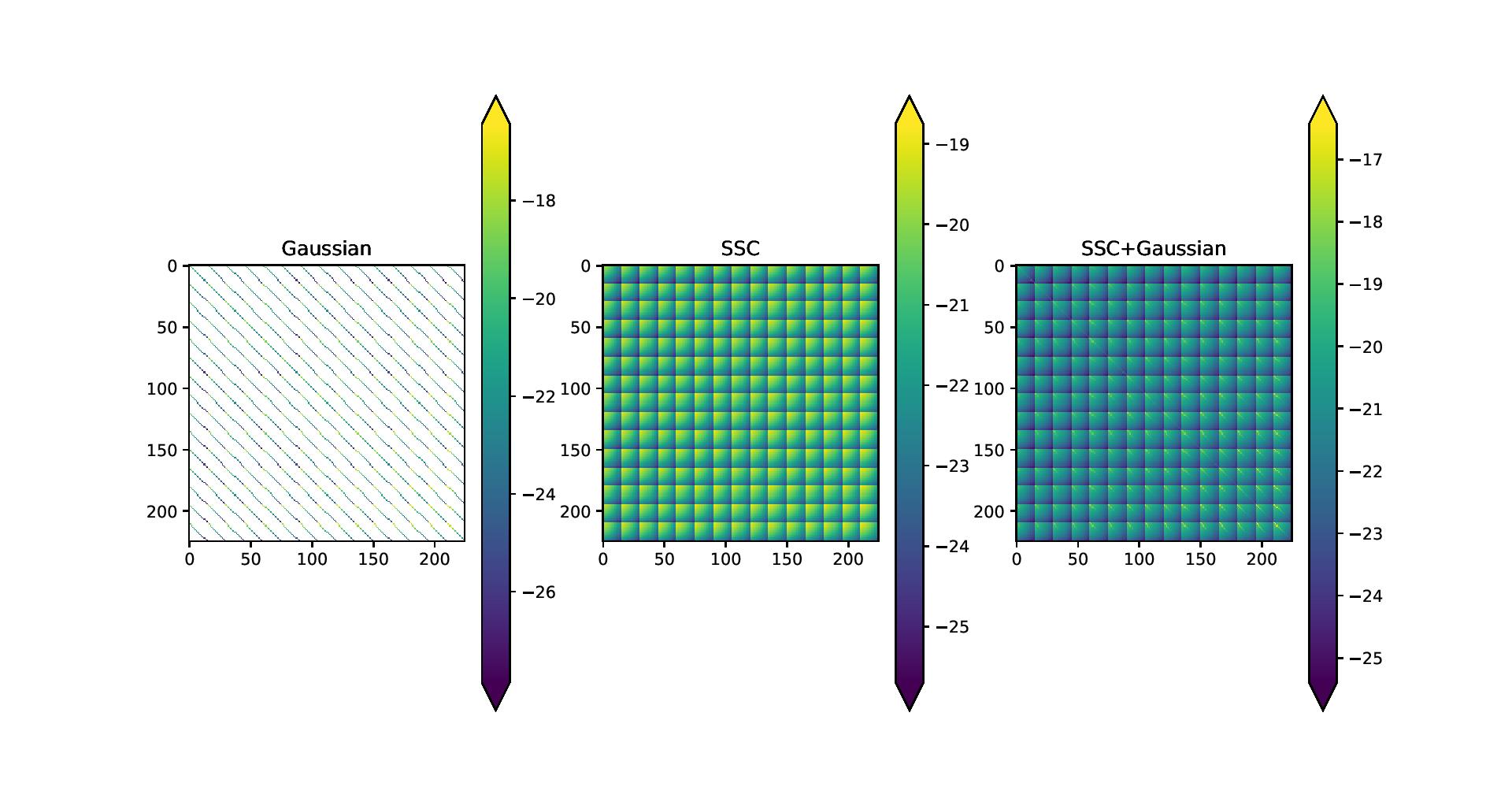
The effect on cosmological parameter estimation of a parameter dependent covariance matrix
In cosmological large scale structure data analysis, a common assumption is that parameters can be estimated using a parameter independent covariance matrix in likelihood analysis. We test this assumption and find that the parameter dependence of the covariance matrix can be safely ignored in all practical situations.
arXiv OJA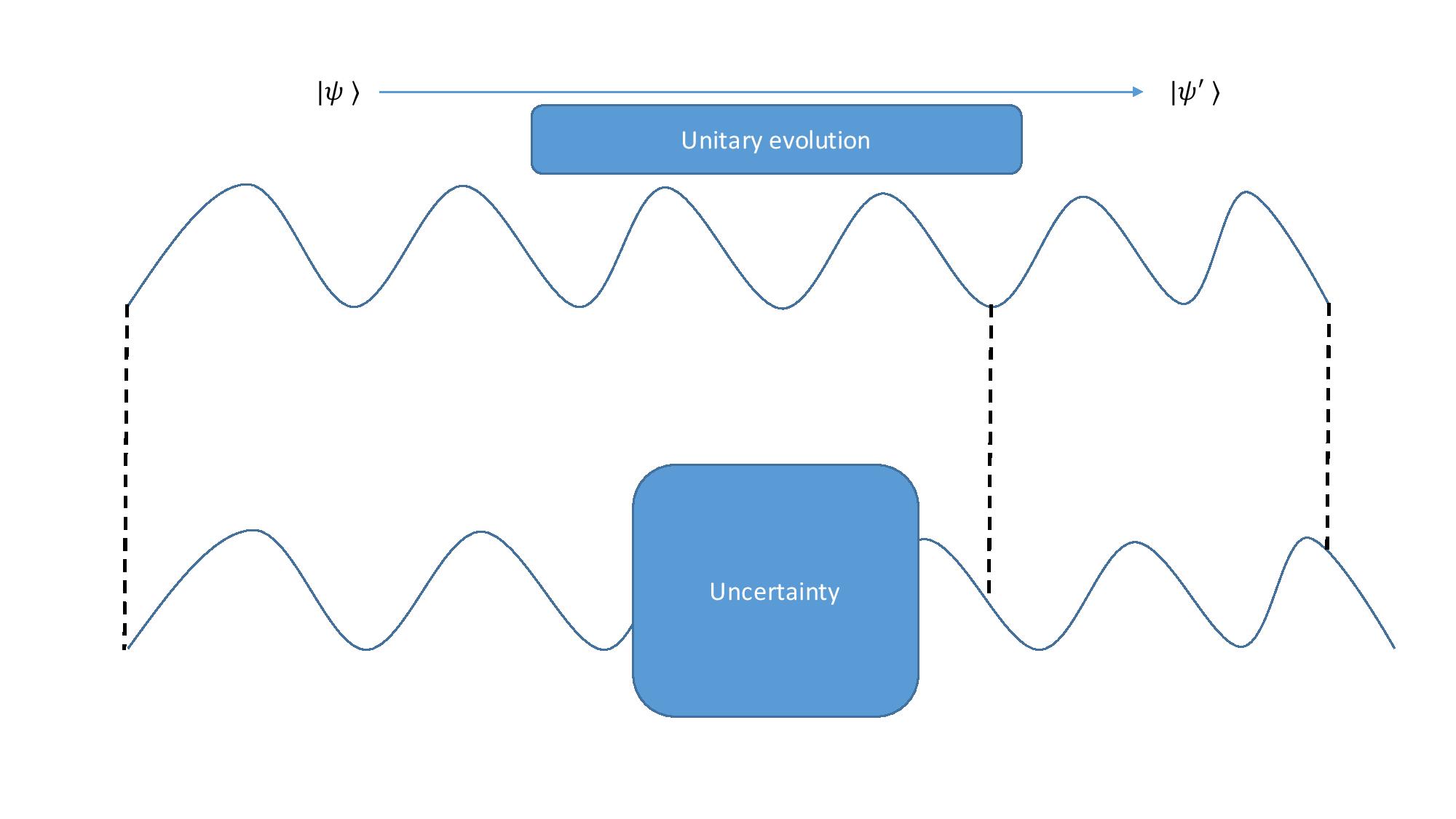
A self-consistency check for unitary propagation of Hawking quanta
The black hole information problem relies on several assumptions. One of them is the unitary propagation of hawking radiation. In this paper we proposed a self-consitency check to verify whether unitarity has be violated during the process of hawking radiation.
arXiv IJMPA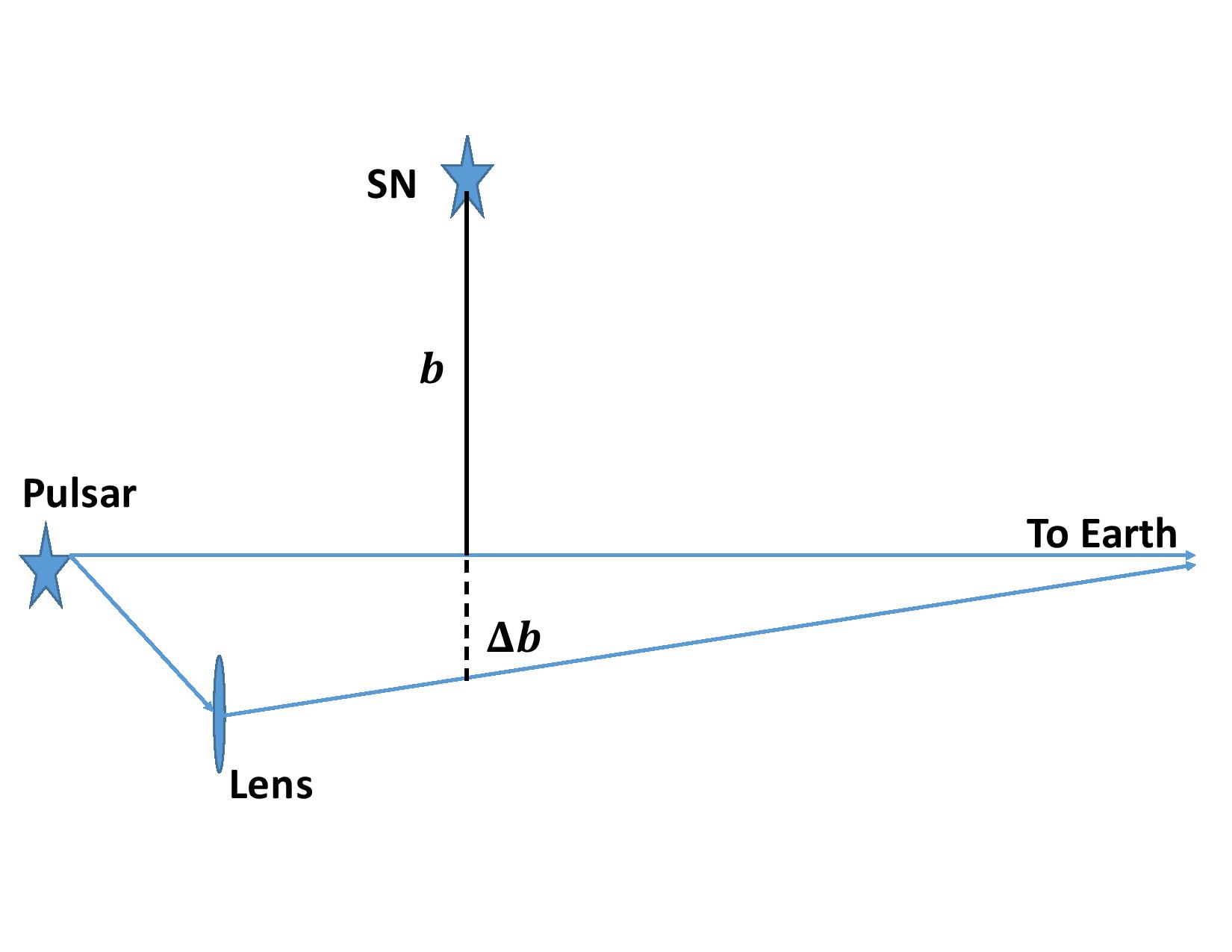
Memory effect from supernova neutrino shells
When a supernova explodes, most of its energy is released in a shell of relativistic neutirnos which changes the surrounding geometry. We calculate the potentially observable responses to such a change in both pulsar scintillation and conventional interferometers
arXiv
Pulsar Acceleration Shifts from nearby Supernova Explosion
We show that when a supernova explodes, a nearby pulsar signal goes through a very specific change. The observed period first changes smoothly, then is followed by a sudden change in the time derivative. A stable millisecond pulsar can allow us to measure such an effect.
arXiv Physical review DZinc–Bismuth and Aluminum–Indium Monotectic Alloy-Based Fixed-Point Cells with Double Phase Transition for In Situ Calibration of Thermocouples
A zinc–bismuth fixed-point cell is constructed and has been shown to be stable with two well-defined melting plateaus at nominally 255 ∘C and 415 ∘C.
IJT